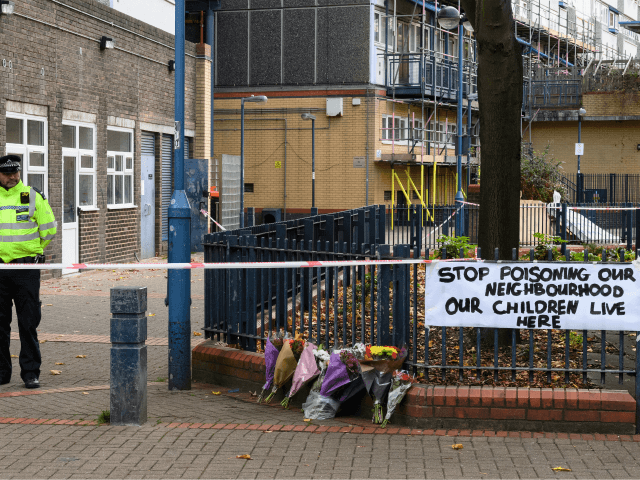London children are most at risk of being stabbed as they leave school, new research indicates, prompting calls for new measures to protect youngsters.
A study found that children were more vulnerable to knife attacks between 4 pm and 6 pm, noting a “significant peak,” and stabbings involving young victims are more likely to occur close to their home or school.
Stabbings during this two-hour window, when children leave the school gates, accounted for 22 per cent of all child stabbings, compared with 11 per cent of young adult stabbings.
Researchers from Queen Mary University of London, Barts Health NHS Trust, and two ambulance services used data from 1,824 people under the age of 25 who had been treated for a stab wound at a London trauma centre over an 11-year period.
Of these, 172 were children, 861 were aged between 16 and 19, and 791 were aged between 20 and 24.
Almost three-quarters (71 per cent) were from poorer neighbourhoods, whilst just 1 per cent were from wealthier areas.

Incident locations, timing and distance from home in children on school days and non-school days. Circle size is inversely proportional to the distance from incident to home address. Colours indicate incident timing. (Source BJM Journals).
The time and location of stabbings were collated from ambulance service data as well as information from the hospital trauma registry.
Between 2004 and 2014, the annual number of presentations for “assault resulting in penetrating trauma” increased by an average of 25 per cent each year.
The results tally with recent data from the Office for National Statistics, showing for the year to June 2018, police in London recorded 14,987 knife crimes – representing a 15 per cent rise in just 12 months.
This year alone in the capital there have been 119 murders, more than in the whole of last year, and 74 of which were stabbings.
Karim Brohi, Professor of Trauma Sciences at Queen Mary’s Blizard Institute and Consultant Trauma Surgeon at Barts Health NHS Trust, commented:
“This work shows that children and young people in London are at risk simply due to where they live and go to school.
Dr Paul Vulliamy, Clinical Lecturer at Queen Mary’s Centre for Trauma Sciences, added:
“We have demonstrated that there are age-specific epidemiological patterns of stabbings among young people, providing evidence for schools and children as specific targets for violence reduction strategies.
“We can reduce knife violence and unnecessary child deaths, but need long term evidence-based interventions in education, policing, the community and at home.”

COMMENTS
Please let us know if you're having issues with commenting.